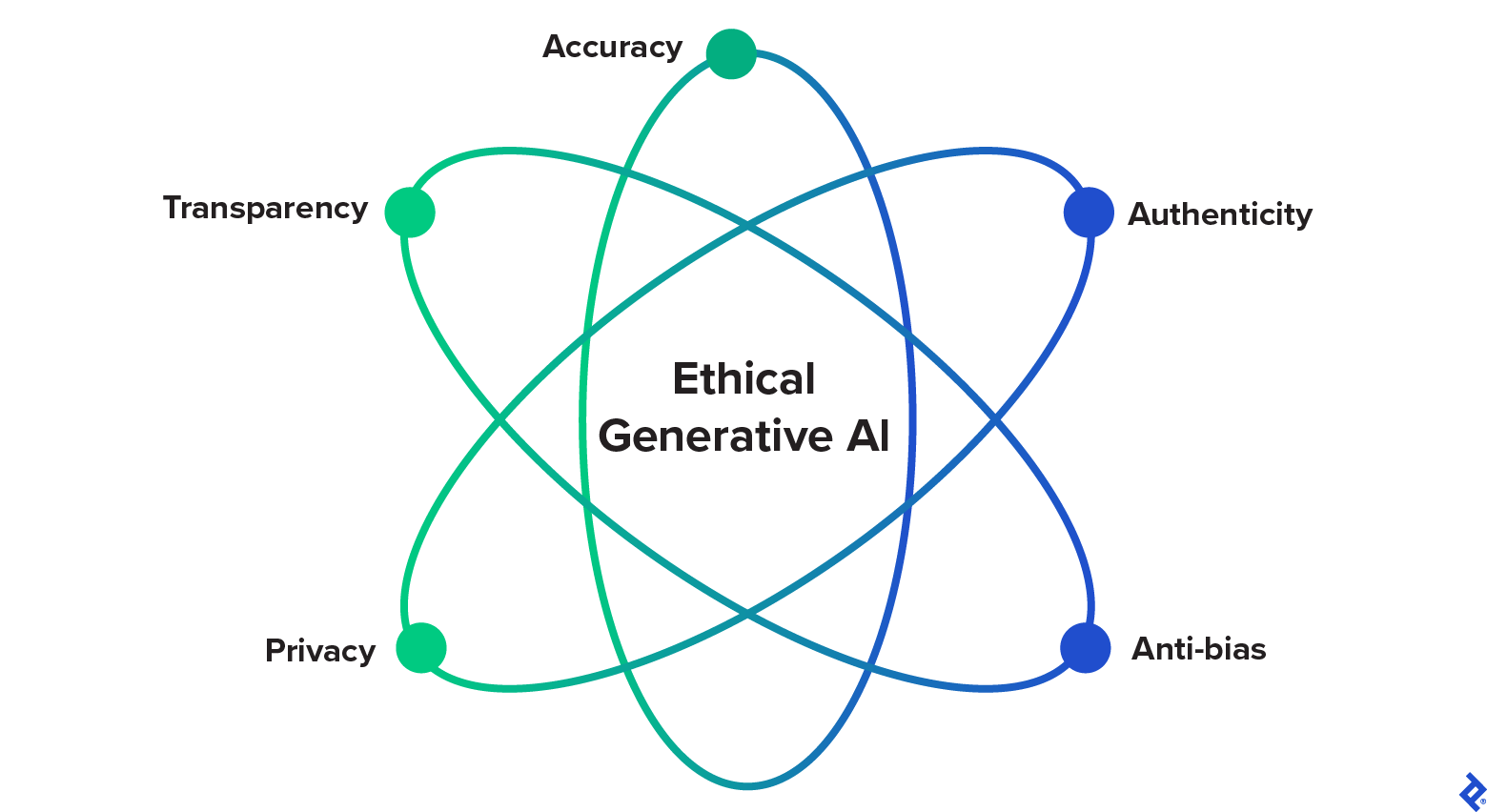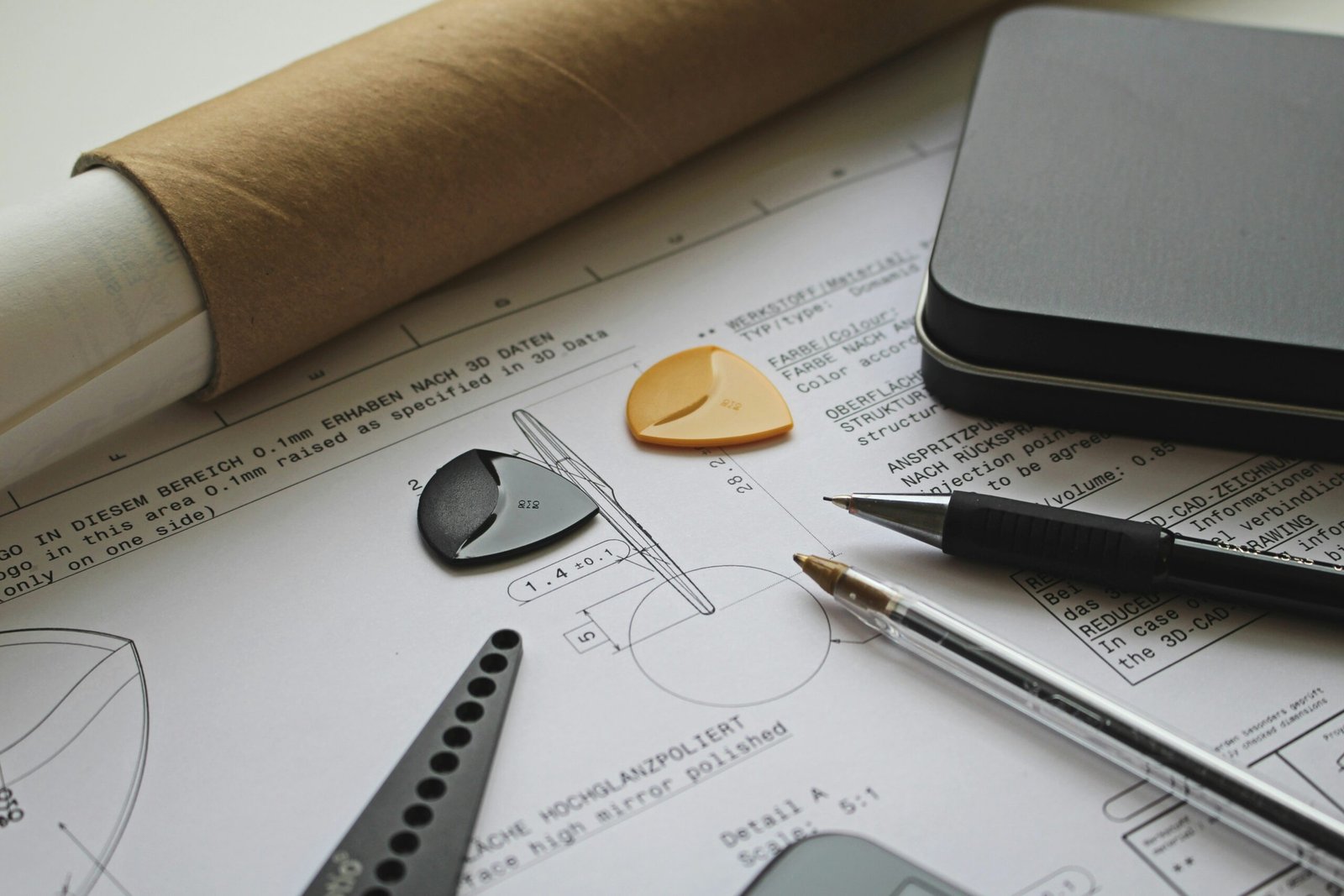Understanding Generative AI in Prototyping
Generative AI refers to a class of artificial intelligence techniques that utilize algorithms and models to generate new content, designs, or solutions based on the data inputted into them. In the context of prototyping, generative AI can play a vital role by automating the design process and enhancing creativity. Using a combination of machine learning techniques, specifically deep learning and neural networks, generative AI systems can analyze vast amounts of design data and derive unique prototypes that meet specific criteria set by designers and engineers.
One of the primary advantages of implementing generative AI in prototyping is its ability to streamline the design process. Traditional prototyping methods often involve tedious manual iterations, which can be time-consuming. With generative AI, designers can input parameters such as dimensions, materials, and required functionalities into the AI system. The system then generates various design alternatives that adhere to these parameters. This not only speeds up the prototyping process but also opens avenues for innovative designs that a human designer might not conceive.
In various industries such as automotive, aerospace, and architecture, the application of generative AI has led to significant advancements. For instance, automotive manufacturers leverage generative design to create lightweight components that enhance fuel efficiency while maintaining structural integrity. In architecture, generative AI can assist in designing complex building facades that not only meet aesthetic goals but also improve energy efficiency. By integrating generative AI into the prototyping phase, industries can benefit from reduced costs and improved performance, as well as fostering an environment of experimentation and innovation.
Benefits of Generative AI in Prototyping
The integration of generative AI into the prototyping phase presents numerous advantages, fundamentally transforming how designers and engineers approach product development. One primary benefit is the significant increase in efficiency during design iterations. Generative AI algorithms can autonomously generate a multitude of design variations based on specified parameters, allowing teams to explore a broader range of creative possibilities in a fraction of the time traditional methods would require. This acceleration not only streamlines the design process but also enables quicker reviews and adaptations, ultimately fast-tracking the development cycle.
Another notable advantage is the potential for cost reduction. The ability of generative AI to simulate and optimize designs prior to physical production helps to minimize material waste and reduce the likelihood of costly revisions later in the process. By identifying potential issues in the design phase, organizations can save significantly on both resources and time. Moreover, utilizing generative AI can lead to savings on labor costs, as repetitive design tasks are automated, freeing up human resources for more strategic endeavors.
Generative AI also enhances creativity by offering unconventional design solutions that may not have been considered through human intuition alone. This tool expands the scope of innovation, leading to unique product designs that fulfill consumer needs while adhering to functional requirements. Enhanced accuracy in predicting design performance is yet another benefit; through advanced simulations, generative AI can forecast how designs will behave under various conditions, leading to more informed decision-making and reduced risk of project failure.
For instance, companies such as Autodesk and Airbus have successfully integrated generative design techniques, resulting in optimized parts that are both lightweight and structurally sound. These real-world applications illustrate the transformative potential of generative AI in the prototyping phase, showcasing its ability to revolutionize product development. Overall, the benefits of generative AI in prototyping highlight its significance in driving efficiency, creativity, and accuracy in the design process.
Challenges and Limitations of Generative AI in Prototyping
While generative AI offers exciting possibilities for prototyping, several challenges and limitations must be addressed to harness its full potential effectively. One significant hurdle is the quality and availability of data used to train generative models. Poor-quality data can lead to inaccurate prototypes, making it crucial for organizations to invest in high-quality datasets. Additionally, the process of curating and preparing this data can be resource-intensive, requiring specialized skills and methodologies.
Another challenge lies in the complexity of integrating generative AI into existing workflows. Organizations often rely on established processes that may not easily accommodate new technologies. This integration can require substantial adjustments in team structures, tools, and methods, potentially disrupting current operations. Moreover, when generative AI is introduced, it is essential for teams to receive adequate training to utilize these advanced tools effectively, ensuring that they can leverage the technology while maintaining productivity.
Potential biases in algorithms present an additional challenge. Generative AI models are trained on historical data, which may contain inherent biases reflecting societal inequities. These biases can lead to skewed outputs that do not accurately represent diverse perspectives, ultimately affecting the design outcomes. Therefore, it is imperative for practitioners to exercise caution and apply rigorous testing to identify and mitigate any biases embedded within the algorithms.
Lastly, the need for human oversight cannot be understated. While generative AI can significantly enhance the prototyping process, the technology should not operate in isolation. Human judgment is essential for evaluating the efficacy and appropriateness of generated prototypes. Collaboration between human insights and AI capabilities ensures a more balanced approach, promoting innovation while minimizing risks associated with automation. Overall, addressing these challenges is essential for the successful implementation of generative AI in the prototyping landscape.
The Future of Prototyping with Generative AI
The future of prototyping is poised for profound transformation due to advancements in generative AI technologies. As these systems evolve, they are expected to bring forth new methodologies that will greatly enhance design processes. One of the key developments anticipated is the integration of more sophisticated machine learning algorithms that can better understand and predict user preferences, thereby streamlining the prototyping journey. This will not only speed up the design cycles but also lead to more personalized and functional end products.
Emerging technologies such as augmented reality (AR) and virtual reality (VR) are set to complement generative AI by providing immersive environments for prototyping. These tools will allow designers and engineers to visualize and interact with their prototypes in real-time, enabling rapid iteration and innovation. By blending generative AI with AR and VR, designers can test varying scenarios and functionalities before finalizing a product, thus enhancing accuracy and efficiency.
Additionally, as generative AI continues to advance, it is likely that we will see improvements in material science, whereby AI systems recommend new materials that optimize performance and sustainability. This newfound capability presents an opportunity for designers to focus on ecological considerations, a critical aspect in today’s manufacturing landscape.
The evolving role of designers and engineers will be pivotal in this emerging environment. As generative AI takes on more tasks traditionally handled by humans, professionals will need to adapt by emphasizing creativity and strategic thinking. Collaboration between human ingenuity and machine efficiency is essential, as this will foster a synergistic relationship that enhances the overall prototyping process. Ultimately, the future of prototyping, shaped by generative AI, will represent a harmonious integration of technology and creativity, driving innovation across industries.









